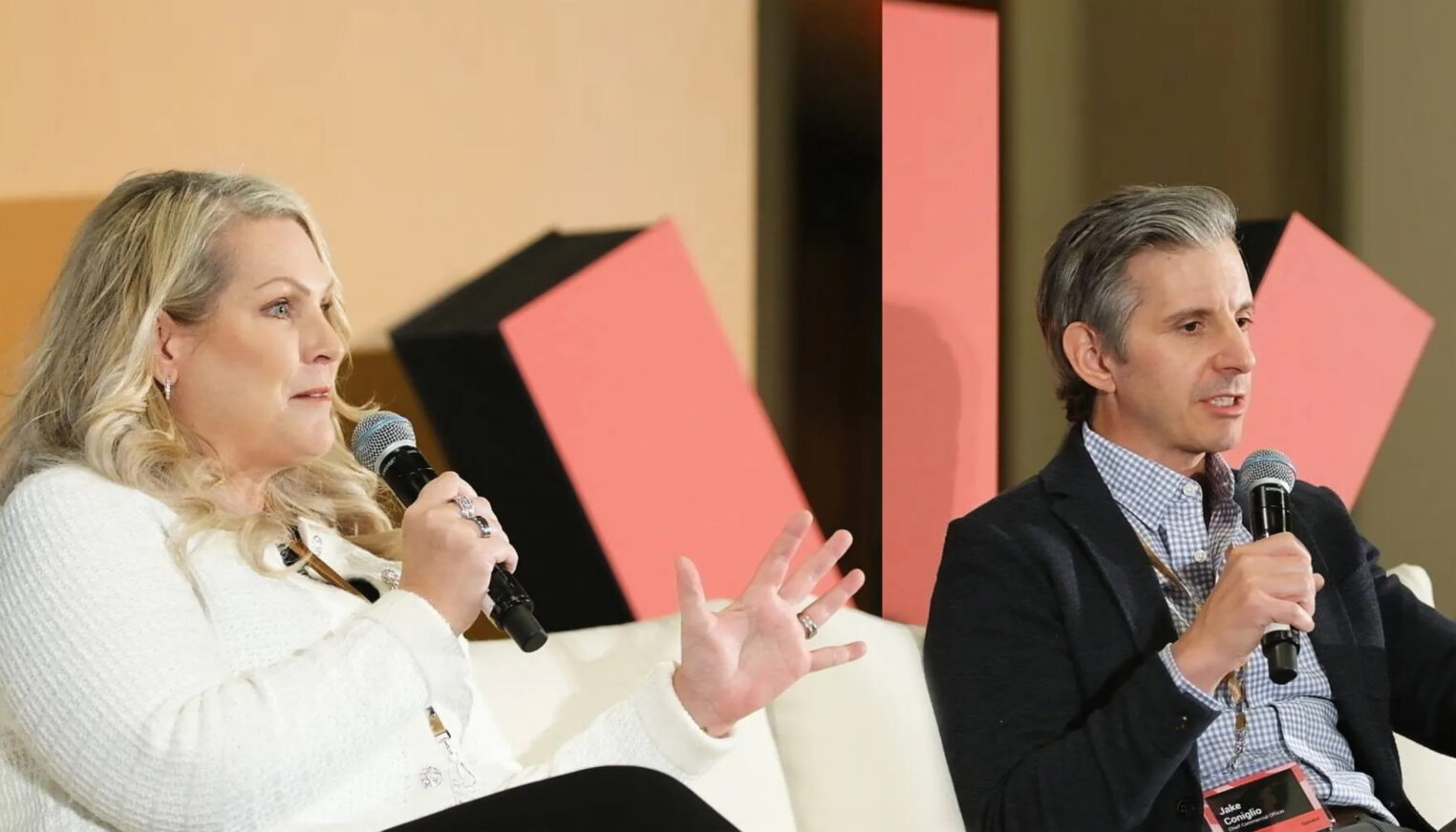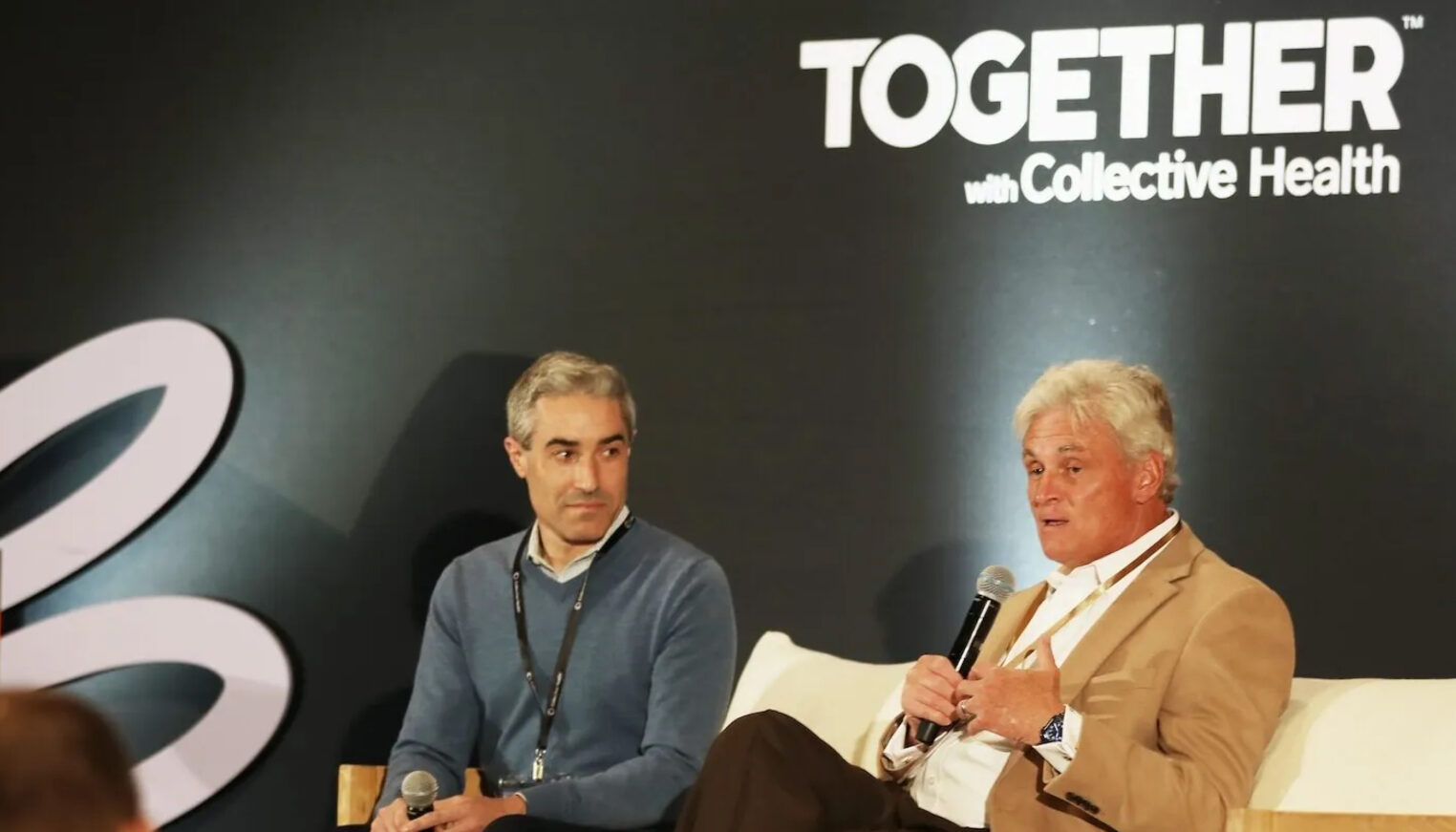At the Together 2025 customer conference in Scottsdale, we held an insightful and dynamic discussion on the balance between pharmaceutical innovation, affordability, and equity. Leading the session, Ari Hoffman, Sr. VP of Product & Chief Clinical Officer, Collective Health explored with our panelists the challenges posed by rising drug costs and the need for greater transparency in PBM contracts. “Balancing innovation with cost management is critical,” Frenz stated, emphasizing the importance of creative strategies like leveraging biosimilars and integrating behavior modification programs to optimize outcomes and control costs.
The key takeaways for benefits leaders:
- GLP-1s, gene therapies, and specialty drugs are advancing but driving up costs; balancing access with affordability is a key challenge.
- High-cost infused drugs continue to be a challenge due to hospital markups and payer control of networks; however white bagging and site-of-service redirection is a method employers can explore to control costs.
- Employers need transparency in PBM contracts and must get creative to manage drug costs. Industry leaders are pushing for greater transparency in drug pricing, signaling potential regulatory shifts.
- Access to GLP-1s and behavior modification programs, like those provided by Noom, can provide a significant ROI for employers.
The Voices in the Room
Ari was joined by an all-star panel:

Jake Frenz
CEO, SmithRx

Marilyn Stubbins
Professor Emeritus of Clinical Pharmacy, UCSF

Ted Holden
Head of Strategic Partnerships, Noom
What’s Keeping HR and Benefits Leaders Up at Night?
Ari set the tone by engaging the audience: How many of you are worried about your Rx spend? Hands shot up. For how many of you is it the number one concern? Fewer hands. What beats it? A chorus of responses: Total cost. Specialty drugs. Gene therapies. Markups on infused drugs. GLP-1s.
Clearly, the anxiety around pharmaceutical costs is real, and it’s not just about one drug class—it’s about the system as a whole.
How Did We Get Here?
Ari took the audience back to 2013, when the launch of Hepatitis C treatments at $89,000 per course caused widespread panic. At the time, it seemed unsustainable. The VA ran out of its pharmaceutical budget in a month, forcing it to seek additional funding from Congress. And yet, looking back, that price tag now seems almost quaint.
Fast forward to today, and we’re dealing with a different beast—one that’s larger, more complex, and arguably more entrenched in systemic inefficiencies.

What’s Different About Today’s Drug Spend?
Jake Frenz took the first stab at answering the key question: Why is today different?
“Yes, the Hepatitis C cure was a game-changer,” Jake noted, “but it was a one-time curative treatment. Compare that to the immunologic class—think Humira, which has raked in $130 billion over its lifecycle—where you’re looking at $80,000-$90,000 per year, indefinitely.”
The difference today? Drugs are getting more expensive, and there’s no end in sight.
Another factor: the role of PBMs. Over the last year, scrutiny of these powerful middlemen has increased. “They make more money when drugs cost more,” Jake pointed out. “It’s not surprising that prices keep rising at an alarming rate.”
The landscape has also shifted in another critical way: Employers are no longer beholden to the Big Three PBMs (CVS, Express Scripts, Optum). “There’s no longer risk in moving away from them,” Jake said. “In fact, it’s becoming the safer option. If we don’t take action now, this runaway train will keep going.”
The GLP-1 Dilemma: Balancing Cost and Impact
Ted from Noom weighed in on one of the hottest topics in pharmacy benefits: GLP-1s. Noom’s approach integrates medication with behavior change programs, leading to 40% greater weight loss and improved long-term outcomes. But for employers, the biggest challenge is balancing personal ROI—employees seeing real benefits—with financial ROI—ensuring sustainability for benefits programs.
A major roadblock to managing pharmacy spend is the lack of transparency. Employers often don’t know the true cost of drugs, and traditional PBMs have been accused of favoring high-cost options to maximize rebates. Recent lawsuits against Express Scripts and Aon highlight the urgency of adopting a model where transparency and lowest-net-cost pricing become the norm.
Panelists also noted that GLP-1 utilization is increasing across a broader range of conditions beyond weight loss, such as cardiovascular disease and metabolic disorders. This expanding use case means employers must stay proactive in evaluating coverage policies and exploring cost-mitigation strategies, including tiered coverage models and outcomes-based reimbursement.

Disrupting the PBM Status Quo
Jake from SmithRx explained how his company is challenging the traditional PBM model by offering a transparent, fixed-fee approach. Their strategy focuses on sourcing the lowest-cost drugs and leveraging partnerships like those with Mark Cuban’s Cost Plus Drugs. The results? Major savings for employers and employees alike. For example, a Humira biosimilar that typically costs $85,000 per year through traditional channels is available for just $7,200 through Cost Plus.
With biosimilars proving to be safe, effective, and dramatically more affordable, employers have a clear opportunity to push back against inflated pricing structures. The takeaway? The traditional PBM model is broken, and employers should seek out partners that prioritize transparency and cost-effectiveness.
Moving Beyond AWP and Traditional PBM Contracts
One of the most outdated metrics in pharmacy pricing is Average Wholesale Price (AWP). The current system—where discounts and rebates create an illusion of savings—only adds complexity without truly lowering costs. Instead, employers should focus on lowest-net-cost pricing and demand full transparency from their PBMs.
Balancing innovation with cost management is critical
Jake Frenz, CEO, SmithRx
A simple yet powerful way to evaluate a PBM’s impact is to calculate total pharmacy spend and divide it by the number of covered employees. This per-member-per-month (PMPM) or per-employee-per-month (PEPM) metric provides a clear view of cost trends and eliminates the smoke and mirrors of rebate-driven pricing models. Additionally, using a medical TPA like Collective Health as a central hub ensures better data access and more informed decision-making.
Panelists also emphasized that true cost control comes from shifting away from traditional PBM incentive structures. Employers must demand full pass-through pricing and challenge hidden fees that inflate costs without delivering additional value.
The Role of Compounding in Drug Access
The discussion also touched on compounding pharmacies, particularly in response to GLP-1 shortages. Historically, compounding has played a crucial role in addressing drug shortages and creating customized formulations. However, tighter regulatory restrictions have made compounded GLP-1s less accessible. While this could limit cost-saving opportunities, the panelists suggested that innovation will continue—whether through alternative formulations or legal challenges to exclusivity protections.
Additionally, some experts are advocating for greater employer involvement in monitoring compounded drug quality and ensuring adherence to safety standards. As shortages persist, employers should work closely with clinical experts to evaluate the risks and benefits of compounded alternatives.
A Call to Action for Benefits Leaders
The consensus was clear: The time for action is now. Transparency, innovative pricing models, and a willingness to challenge the status quo are key. HR and benefits leaders have more power than ever to reshape the pharmaceutical landscape—if they’re willing to take the leap.
So, what’s keeping you up at night about your Rx spend? And more importantly—what are you going to do about it?




